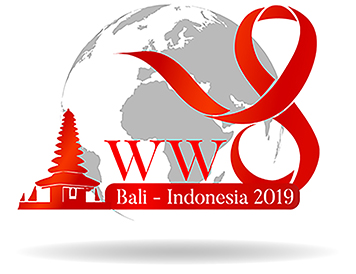Eriska Riyanti, Risti Saptarini Primarti, Irna Sufiawati
Pediatric Dentistry, Faculty of Dentistry, Universitas Padjadjaran, Bandung, West Java, Indonesia.
Pediatric Dentistry, Faculty of Dentistry, Universitas Padjadjaran, Bandung, West Java, Indonesia.
Oral Medicine, Faculty of Dentistry, University of Padjadjaran, Bandung, West Java, Indonesia.
Abstract
Objectives: Calcitonin receptor (CTR) gene polymorphism is one of the important factors which contribute to the development of osteoporosis that is associated with many oral health conditions such as tooth loss, reduced jaw bone density, periodontal disease, and temporomandibular disorders. Osteoporosis has recently been described as a complication of antiretroviral therapy in HIV-infected patients. This observational study aims to investigate the distribution of CTR AluI gene polymorphism among HIV-infected children HIV Infected children on antiretroviral therapy (ART).
Methods: Blood samples were collected from HIV-infected children on ART in the Dr. Hasan Sadikin General Hospital, Bandung West Java, Indonesia. The calcitonin receptor AluI gene polymorphisms were performed using PCR- micro-array analysis.
Results: A total of 37 HIV-infected children (11 male and 26 female), aged 6-14 years were enrolled in this study. All participants had received ART for a mean of 5+2 years. The frequencies of the calcitonin receptor AluI gene polymorphisms in HIV-infected children on ART were: AA 23 (62.2%), Aa 13 (35.1 %), aa 1(2.7%). The mean of CD4+ T cell count was 863 ± 438 cell mm3. CD4+ T cell counts were not associated with the CTR AluI gene polymorphisms (p>0.05).



